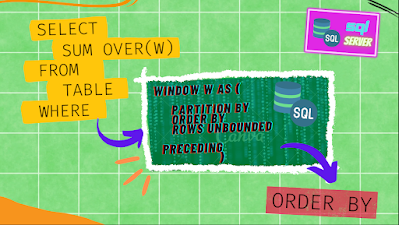A book a day! Review of the book "SQL Server Query Tuning and Optimization" by Benjamin Nevarez.

Hi Guys, Welcome back! I am very happy to review a new book, due out in August, about tuning and Optimization of SQL Server. It is published by the english publishing company Packt and wrote by the well known Benjamin Neverez , this book will be very useful to anyone who wants to enter in the word of the tuning and Optimization. You will find this book on sale from the 12 August . The Review First of all, let's say who this book is for. This book is intended for anyone who wants to enter the world of SQL Server tuning and optimization. I'll be clear, this book contains almost all the aspects you need to know to do this job . Among the positive things I find the explanation of the concepts clearly stated and in this Nevarez knows how to do his job very well. In addition, everything is updated to the latest SQL Server 2022 version. What this book covers? ...let's see it in preview! The book starts with an overview of the architecture of the SQL Server engine then mov

.png)

